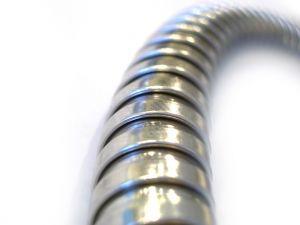
Privacy statement: Your privacy is very important to Us. Our company promises not to disclose your personal information to any external company with out your explicit permission.
Select Language
 Household bathroom toilets and water heaters and other bathroom facilities will use hoses. Corrosion of hoses is often the cause of headaches. Let's take a look at the causes of hose corrosion.
Household bathroom toilets and water heaters and other bathroom facilities will use hoses. Corrosion of hoses is often the cause of headaches. Let's take a look at the causes of hose corrosion. September 25, 2024
September 25, 2024
Contactar proveedor
September 25, 2024
September 25, 2024

Privacy statement: Your privacy is very important to Us. Our company promises not to disclose your personal information to any external company with out your explicit permission.

Fill in more information so that we can get in touch with you faster
Privacy statement: Your privacy is very important to Us. Our company promises not to disclose your personal information to any external company with out your explicit permission.